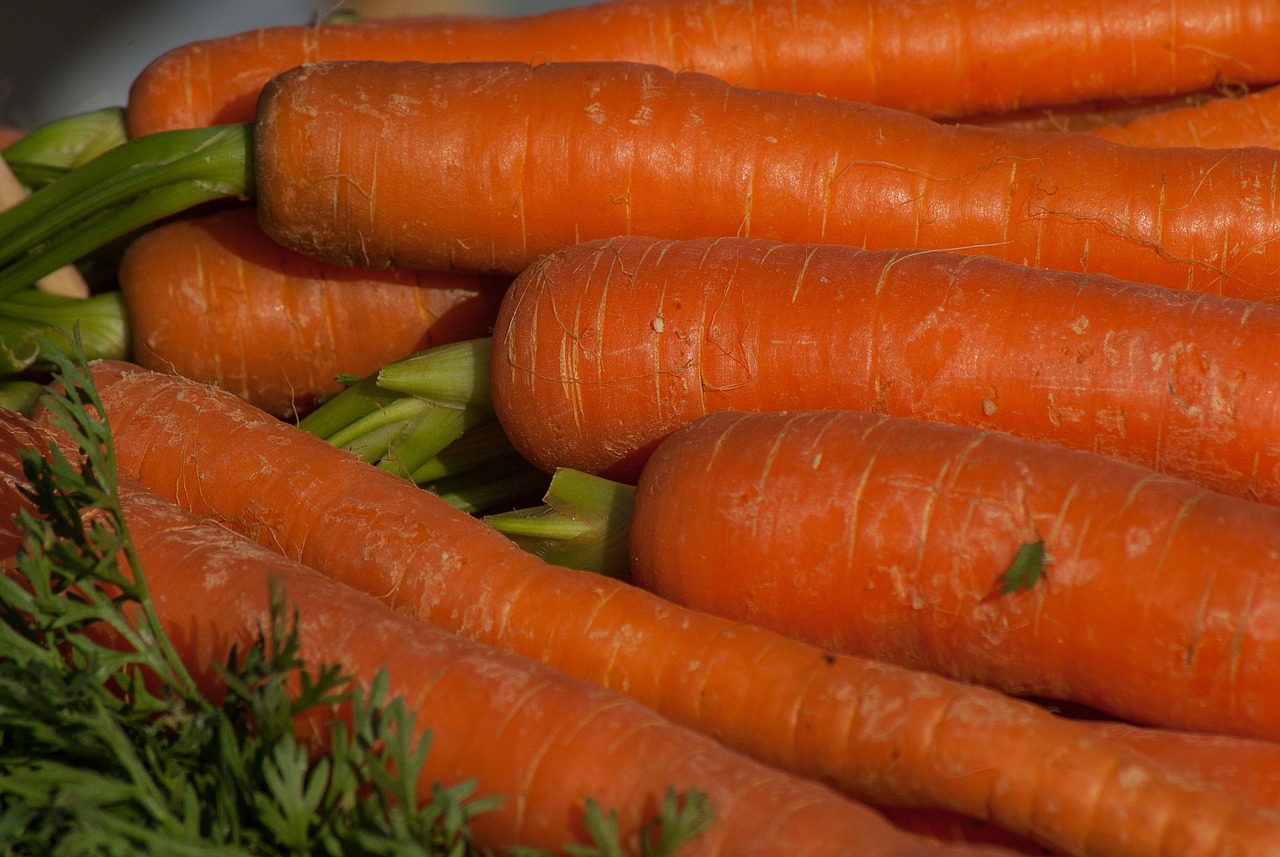The Science of Food Sensory Perception
When it comes to experiencing food, our senses play a vital role in determining our perception of taste and flavor. Sight, touch, taste, smell, and even sound all contribute to how we interpret the food we consume. For instance, the visual appearance of a dish can already trigger certain expectations in our minds before we even taste it.
Furthermore, the texture of food can greatly impact our overall enjoyment of a dish. The way food feels in our mouths, whether it’s crunchy, creamy, or chewy, can add another dimension to the sensory experience. Additionally, the sounds of food as we bite into it can also enhance or detract from our perception of its taste. All these sensory cues work together to create a multi-dimensional experience when we eat, making sensory perception in food a fascinating and complex phenomenon to study.
How Taste and Smell Influence Flavor
Our experience of flavor is intricately linked to the senses of taste and smell. Taste, also known as gustation, allows us to detect basic tastes such as sweet, sour, bitter, salty, and umami. These tastes are perceived by taste receptors found on the tongue, which send signals to the brain to interpret the flavors we experience in our food.
In addition to taste, our sense of smell, or olfaction, plays a crucial role in determining the overall flavor of a food. When we chew and swallow food, aroma compounds are released and travel through the back of the mouth into the nasal cavity, where they are detected by olfactory receptors. These receptors send signals to the brain, where they are combined with taste signals to create a more complex and multi-dimensional flavor experience.
What is the difference between taste and smell?
Taste refers to the basic sensations detected by taste buds on the tongue, such as sweet, salty, sour, bitter, and umami. Smell, on the other hand, refers to the olfactory sensations detected by the nose.
How do taste and smell work together to influence flavor?
Taste and smell work together to create flavor through a process called sensory integration. When we eat, aromas released from the food travel to the back of the mouth where they combine with taste sensations to create a unified flavor perception.
Can taste and smell affect how we perceive food?
Yes, taste and smell can greatly influence how we perceive food. For example, if a food smells unpleasant, we may associate it with a bad taste, even if the taste itself is not bad.
Why is it important to consider taste and smell when cooking or creating food products?
Considering taste and smell is important when cooking or creating food products because these sensory aspects play a significant role in how we experience food. By understanding how taste and smell influence flavor, chefs and food developers can create more appealing and well-balanced dishes.
Are there ways to enhance taste and smell to improve flavor perception?
Yes, there are ways to enhance taste and smell to improve flavor perception. For example, using herbs and spices can enhance the aroma and taste of a dish, making it more enjoyable to eat. Additionally, pairing foods with complementary flavors can also enhance the overall flavor experience.





